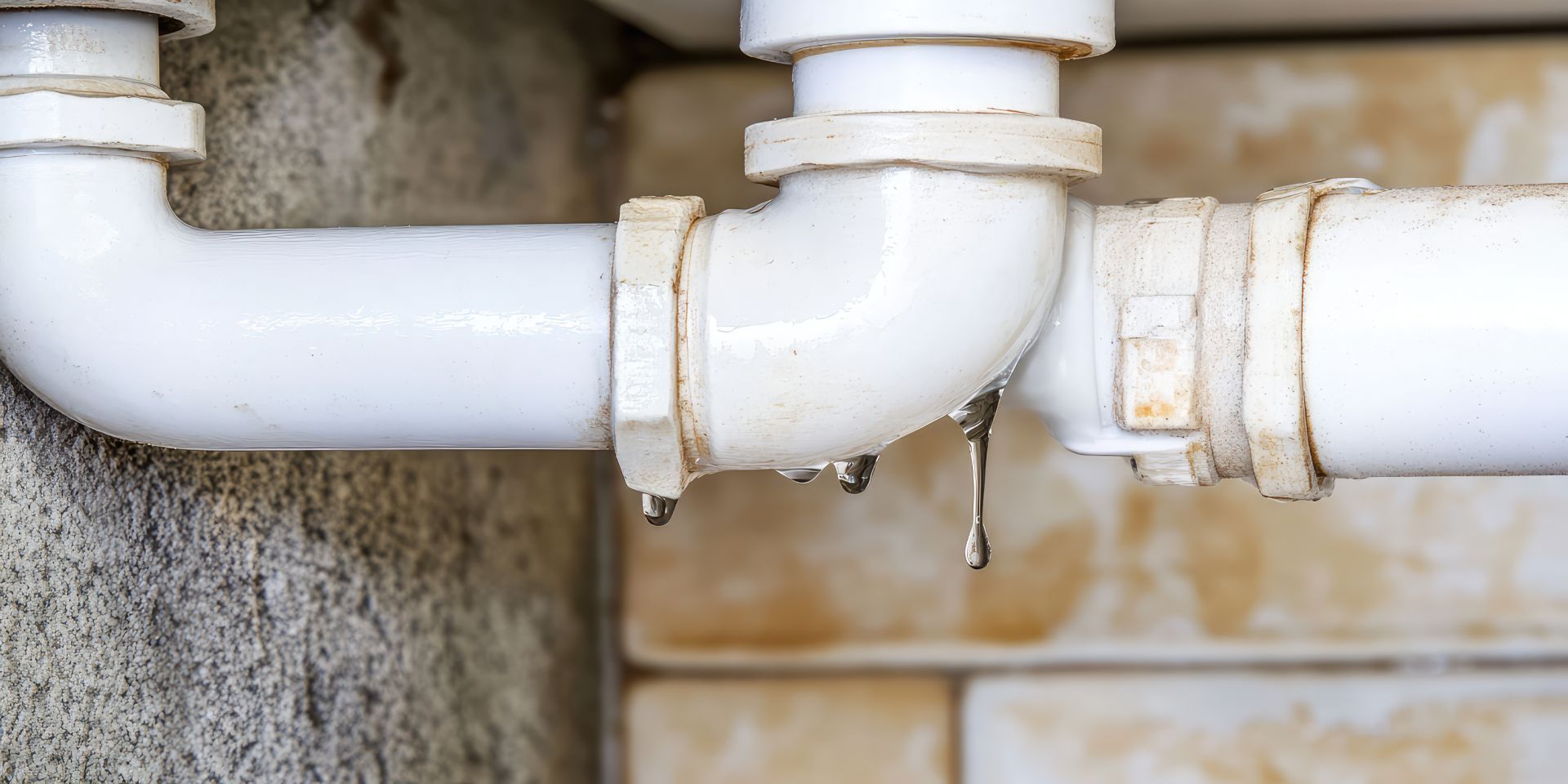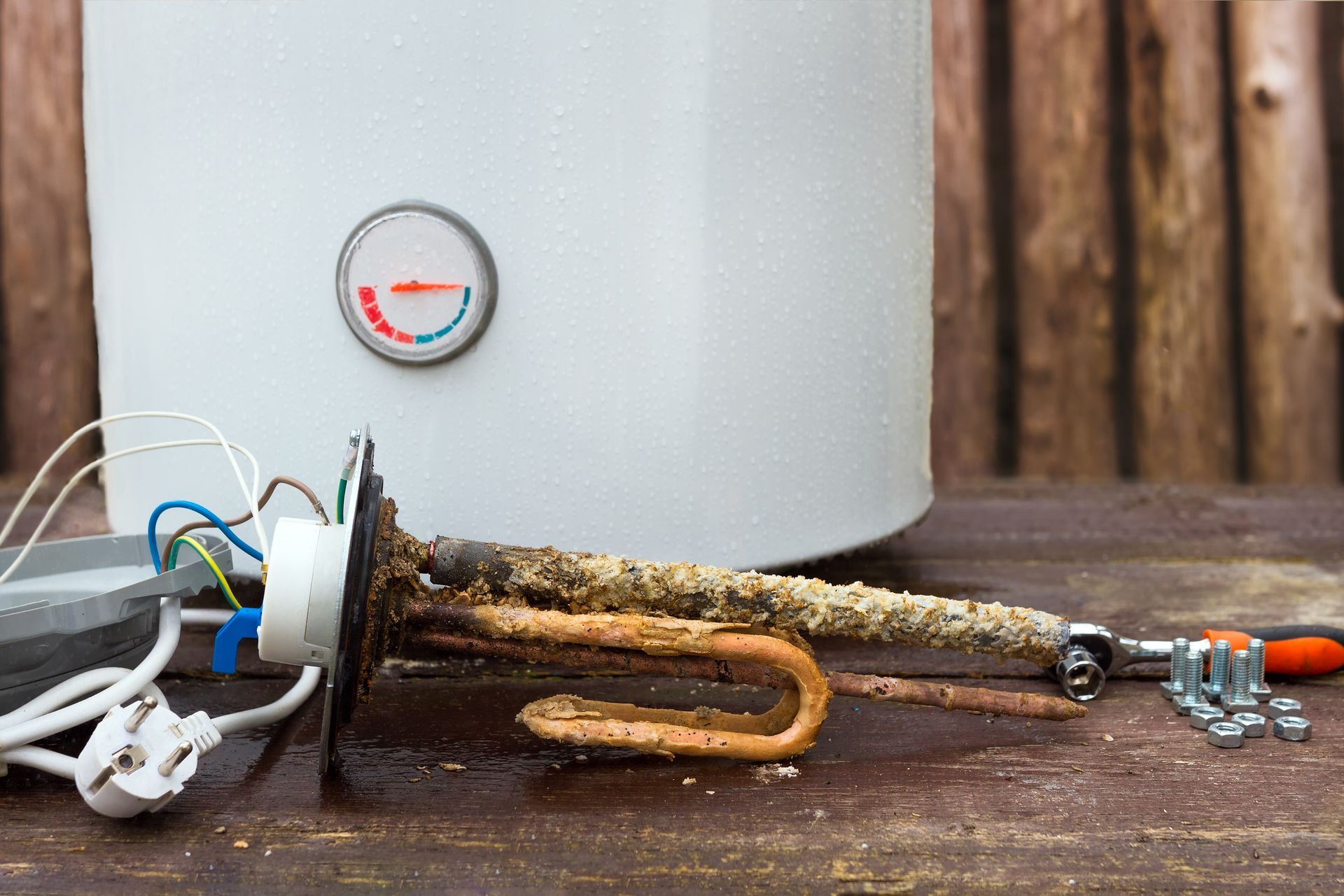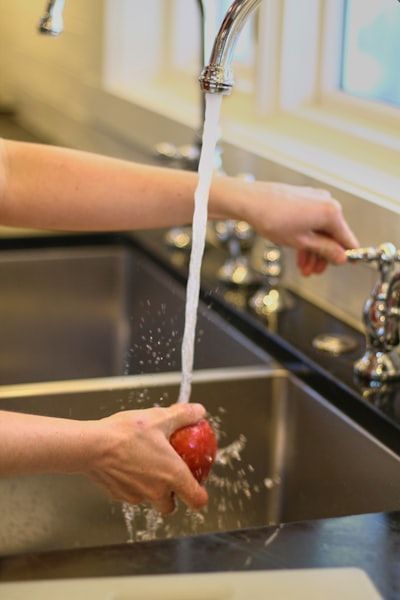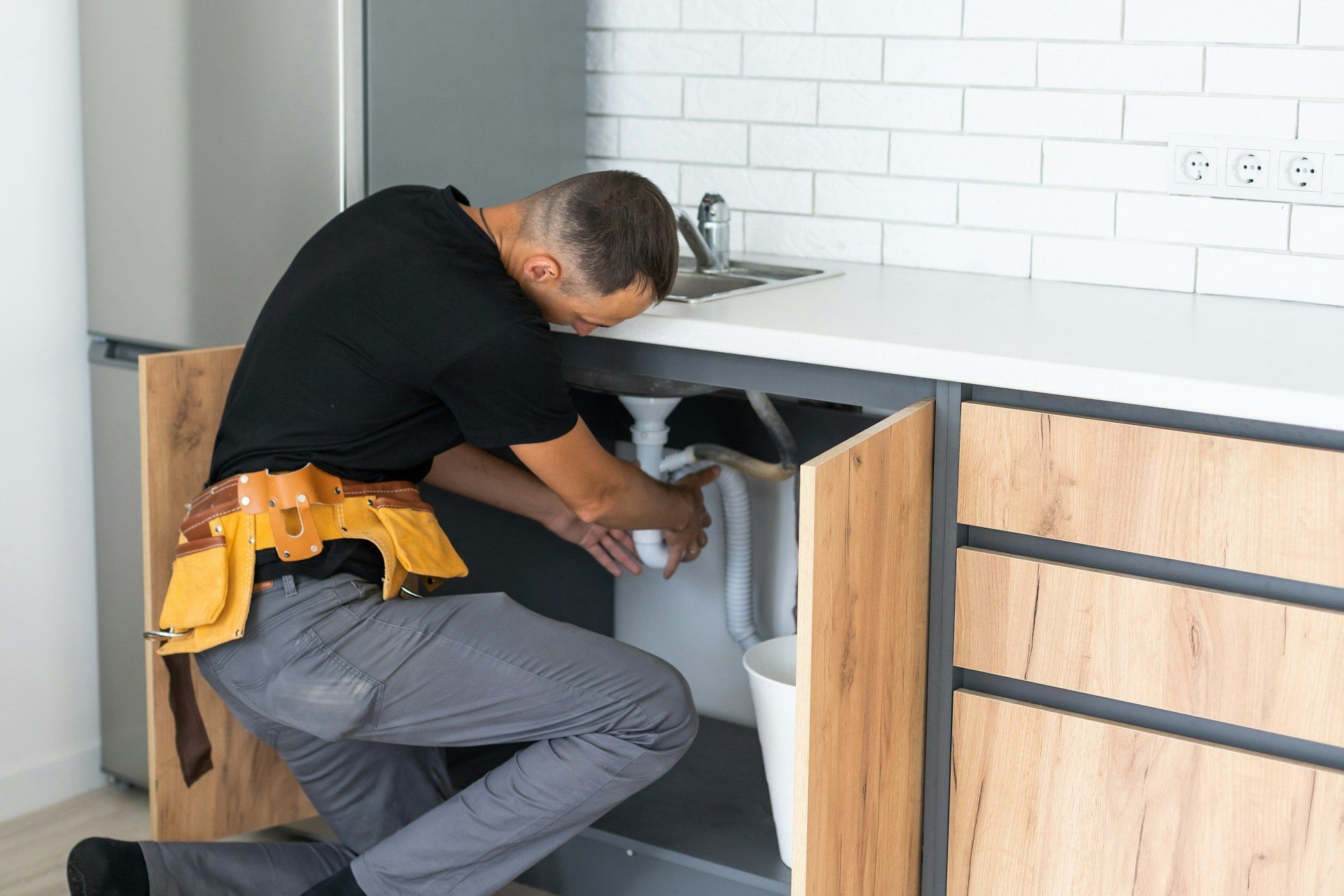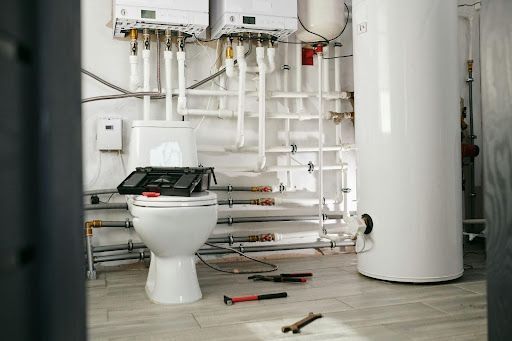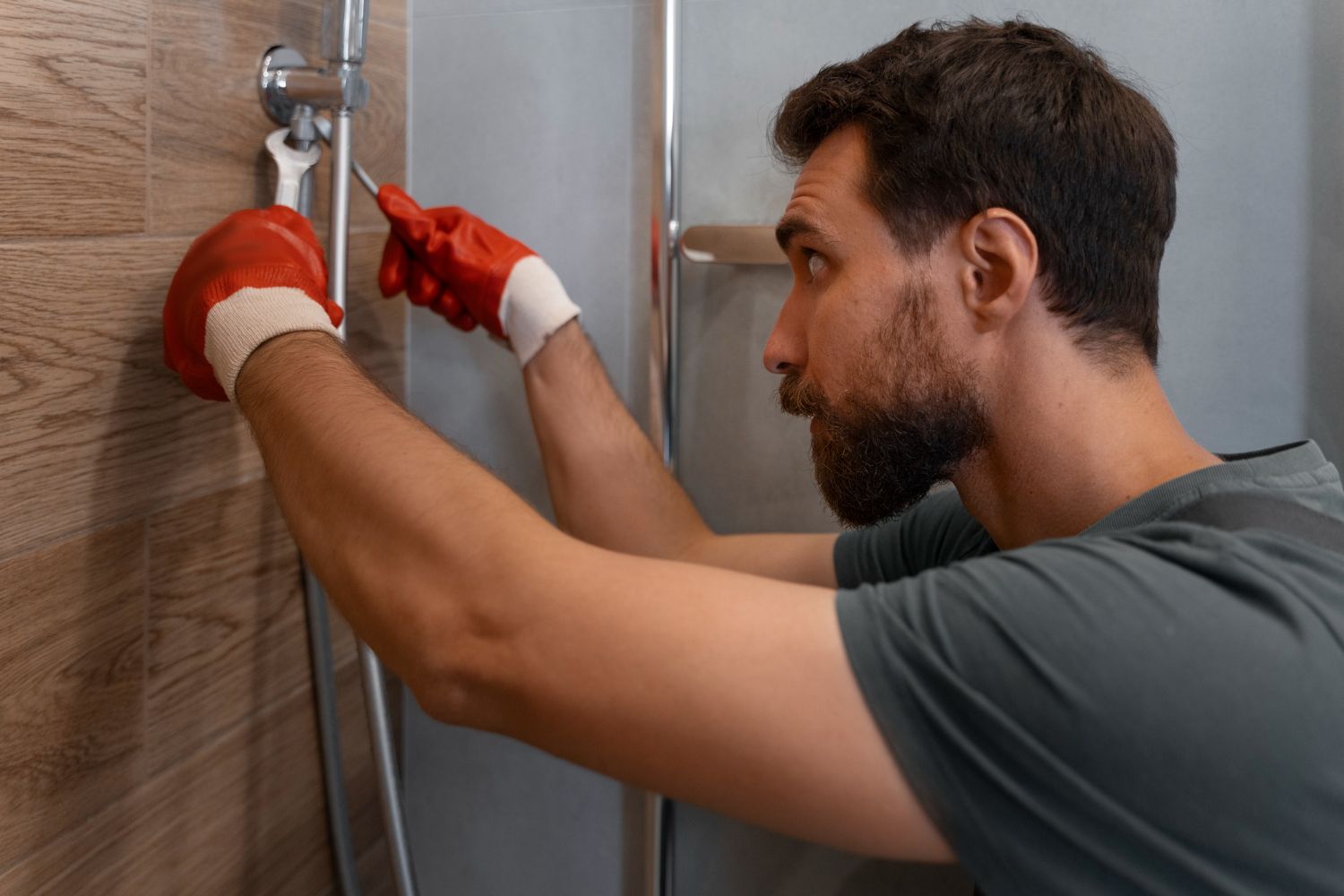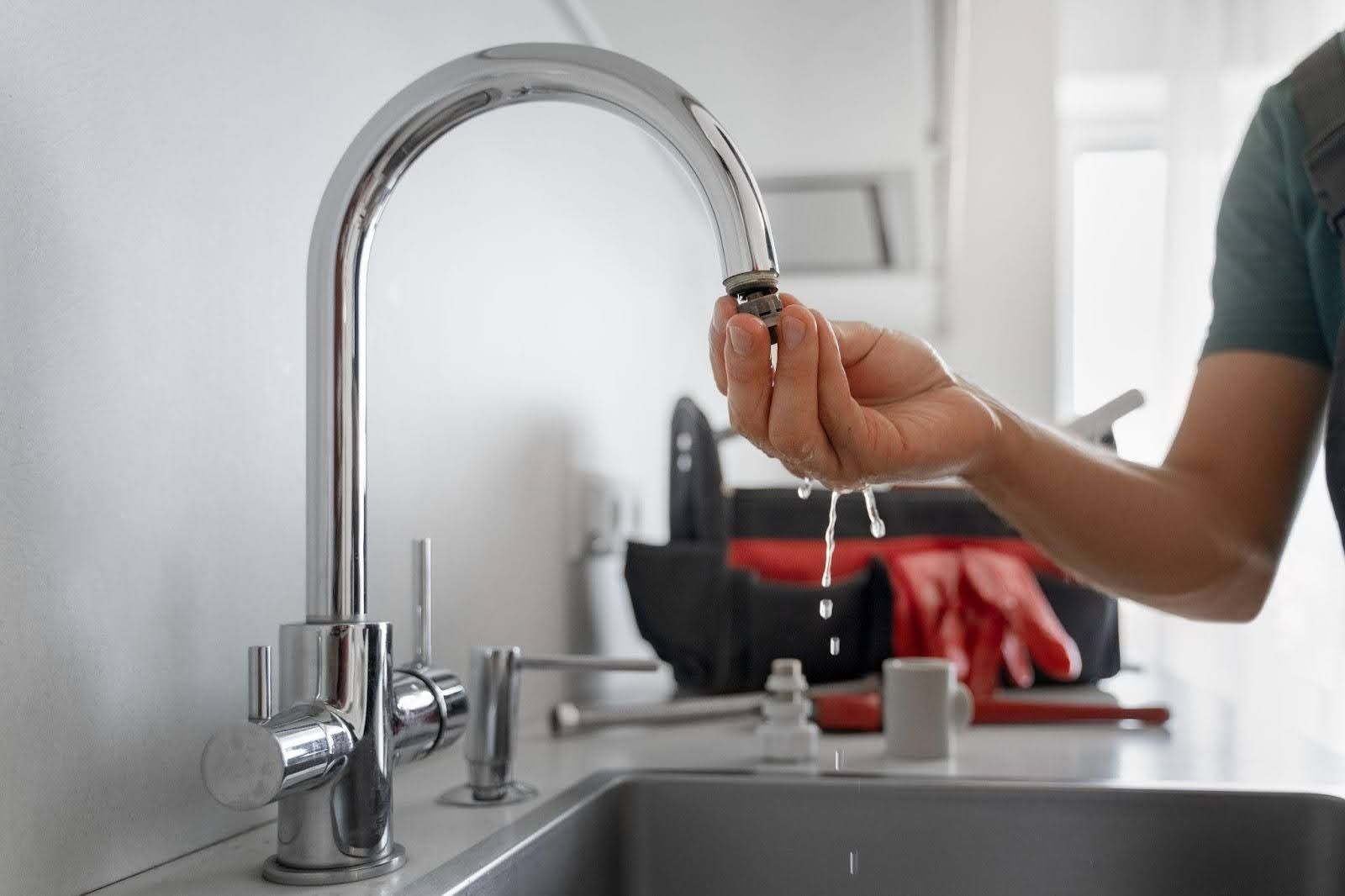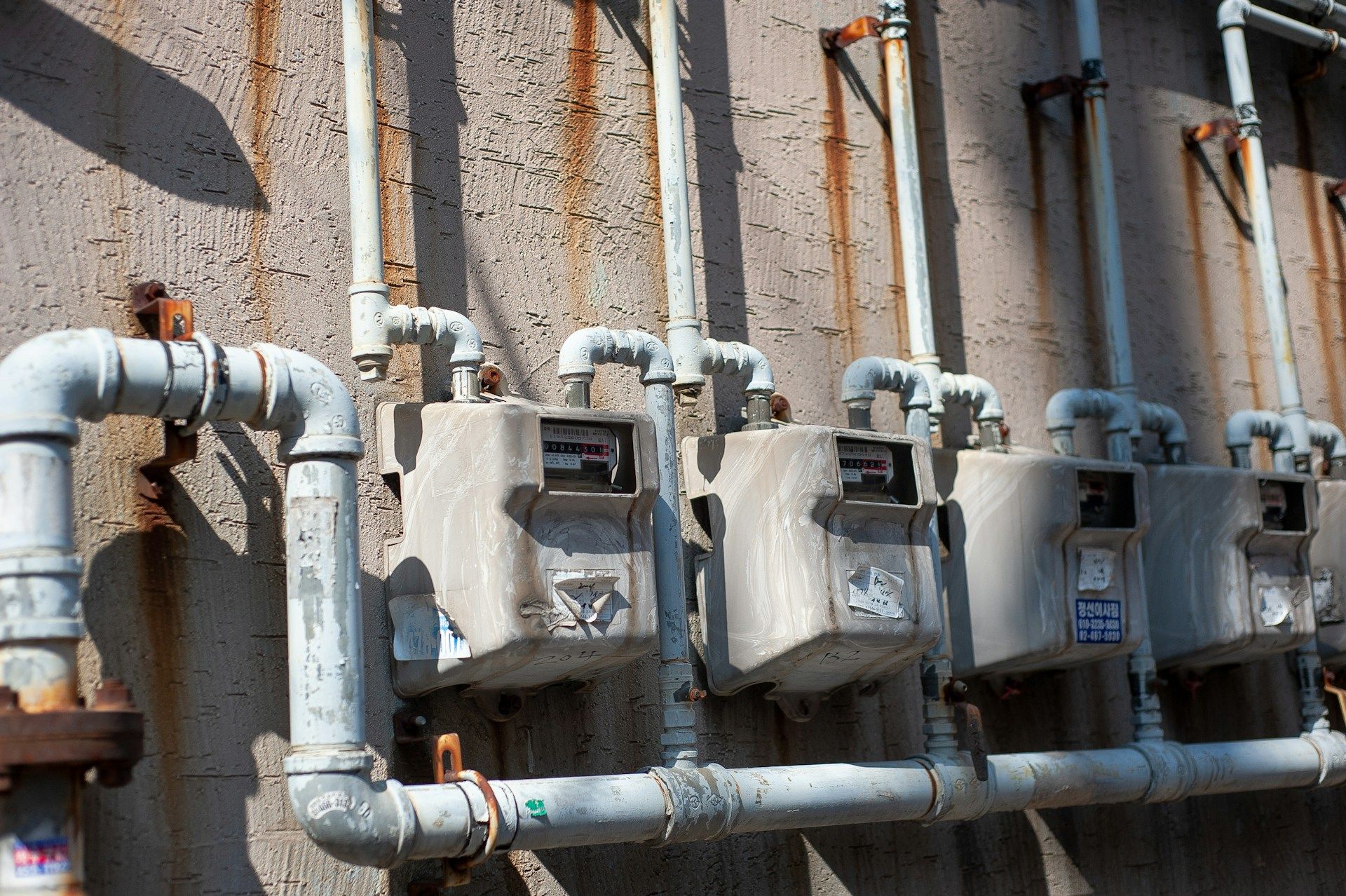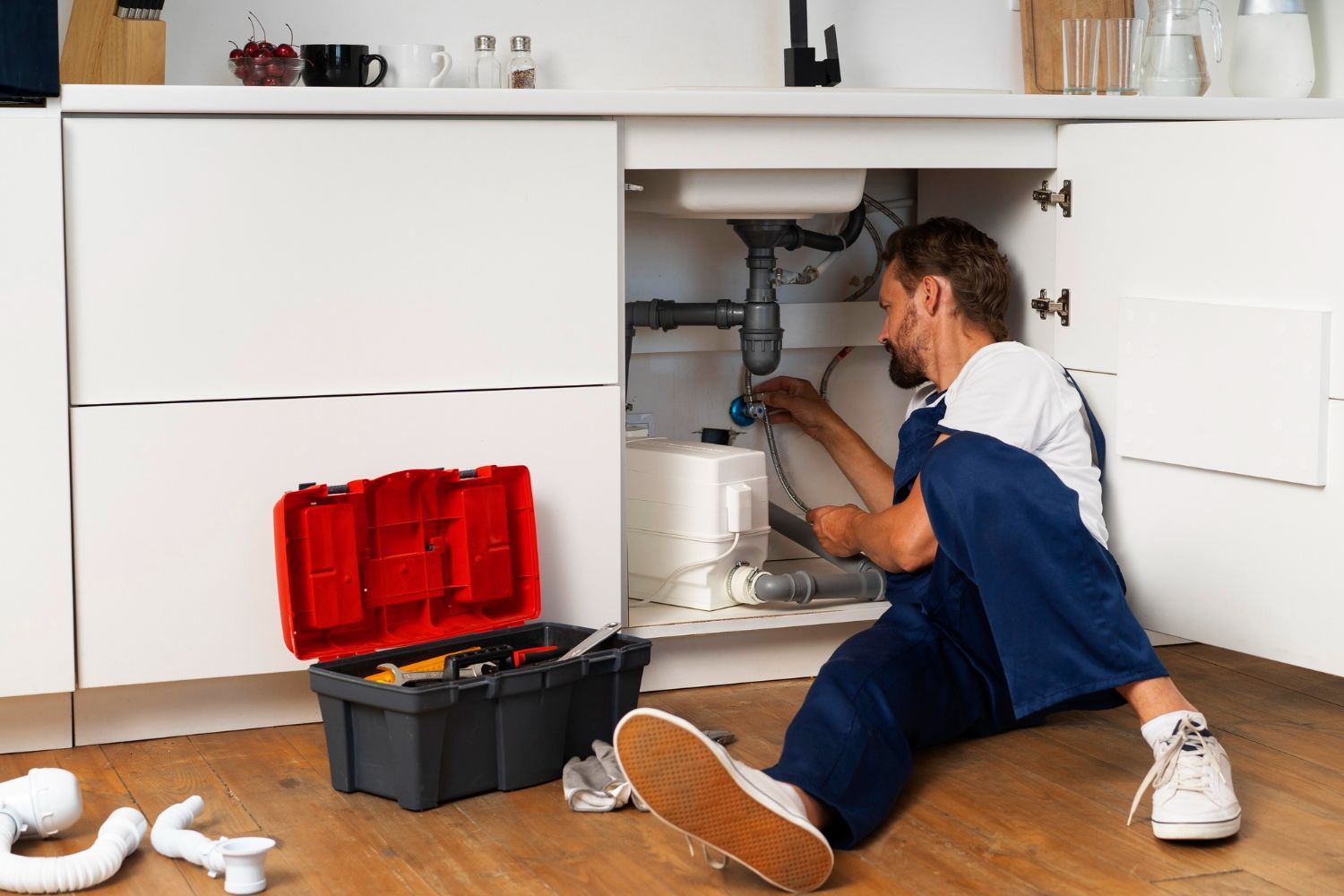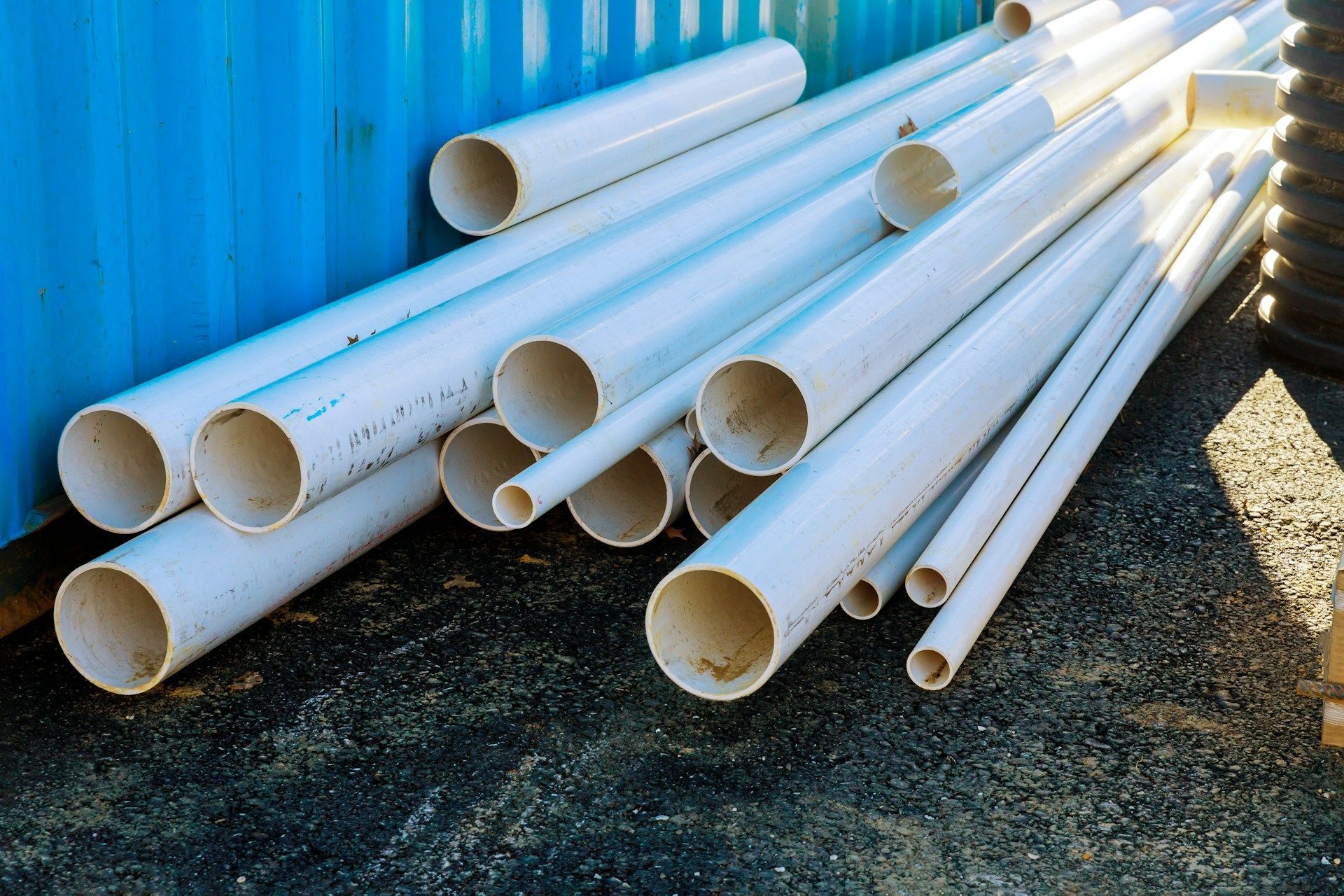Different Types of Piping and Plumbing Fittings
Different Types of Pipes and Plumbing Fittings
Plumbing plays an essential role in everyday life as it ensures a steady supply of clean water to households, businesses, and other facilities. Ensuring that a plumbing system is designed and maintained correctly is crucial for both functionality and safety. One key aspect of any plumbing system is the use of various types of piping and plumbing fittings. This blog post will serve as a comprehensive guide to understanding different types of plumbing fittings for readers interested in plumbing and pipe-fitting projects, whether as a DIY enthusiast or a professional.
In essence, plumbing fittings are pieces or connectors that join or link the various parts of a plumbing system. They ensure that water can flow through the system without any leaks or other issues. These fittings come in an array of types and sizes to suit a wide range of applications. Factors such as material, functionality, durability, and installation requirements all potentially influence the choice of fittings. With specific focuses on the keywords - Plumbing Fittings, plumbing and pipe fitting, plumbing fittings types, and piping and plumbing fitting - this post will delve into the various types and their unique features, highlighting crucial distinctions and suitable applications.
1: Essential Plumbing Fittings and Their Functions
In any plumbing system, there are several types of fittings that serve unique purposes. Here are some of the main types and their functions:
1. Elbows: As the name suggests, elbow fittings facilitate a change in direction of water flow in a pipe system, typically at 90 or 45-degree angles. Numerous materials are available for elbow fittings, such as PVC, brass, or copper.
2. Tees and Cross Fittings: Both of these fittings enable splitting or joining the flow of water. Tees form a T shape, with an inlet and two outlets, whereas cross fittings have four openings, forming an X or + shape. Tees are commonly used to join two lines into one or divide the flow into two directions. Cross fittings are utilized when four pipes must connect, such as in more complex water distribution systems.
3. Couplings and Unions: These fittings are used to connect two pipes and differ in terms of the materials they are made with and their ease of installation. Couplings are typically more rigid and require glue, welding, or soldering to ensure a secure joint. On the other hand, unions promote easier pipe connection and disconnection, as they utilize screw systems or locking nuts.
4. Adapters, Reducers, and Bushings: Adapters connect pipes of different materials or threading, while reducers are used to transition between pipe sizes. Bushings are threaded connections that also allow size changes, yet are typically used for smaller size differences in comparison to reducers.
2: Different Materials for Plumbing Fittings
Plumbing fittings are made from various materials, each with their advantages and limitations. It's essential to select the appropriate material for your plumbing project.
1. PVC (Polyvinyl Chloride): PVC fittings are popular due to their affordability and ease of use. These fittings are lightweight, corrosion-resistant, and simple to install using PVC solvent cement. However, they may not be suitable for high-temperature applications or carrying certain chemicals.
2. Brass: Brass fittings offer superior strength, durability, and corrosion resistance compared to other materials. They have a high resistance to heat and are naturally fire-resistant. Brass fittings are typically more expensive than PVC but provide a longer-life span.
3. Copper: Copper fittings are known for their excellent heat conductivity, reliability, and resistance to corrosion. Like brass, they are more expensive than PVC but provide a high level of performance. Copper fittings require soldering or brazing for a secure connection, which can be more challenging, especially for DIY enthusiasts.
4. Galvanized Steel: While not as prevalent today, some older plumbing systems still incorporate galvanized steel fittings. They provide great strength but are highly susceptible to rust over time, eventually leading to leaks.
3: Choosing the Right Plumbing Fittings
Finding the correct fittings for your project is crucial, and several factors should be considered during the selection process:
1. Material Compatibility: Ensure the chosen fitting material is compatible with your pipes and suitable for the water or liquid you'll be handling. For example, PVC should not be used for high-temperature applications, whereas brass and copper fittings are better suited for these cases.
2. Size and Connection Type: Fittings should match the pipe size and connection type. Use the appropriate measurements and identify whether your pipes have threaded or unthreaded ends.
3. Pressure Ratings: Plumbing fittings should have a pressure rating commensurate with their respective pipes. Check the rating of both the fittings and the pipes to ensure they can handle the required water pressure levels.
4: Tips for Installing Plumbing Fittings
Achieving a secure and functional connection between pipes and fittings is vital. Here are a few tips to ensure successful installation:
1. Clean the Pipes and Fittings: Remove any debris or contaminants from the pipes and fittings to ensure a secure and leak-free connection.
2. Follow Proper Installation Techniques: Adhere to manufacturer guidelines while connecting pipes and fittings. For example, when using PVC, adequately apply primer and solvent cement for a strong bond.
3. Inspect the Connections: After installation, conduct thorough inspections of all connections, checking for any leaks or other issues before fully turning on the water supply.
Work with Professional Service Providers in Dacula, Georgia
Understanding different types of piping and plumbing fittings is crucial for ensuring the smooth operation of your plumbing system. Considering factors such as material compatibility, size, pressure ratings, and proper installation practices can help you achieve the desired outcome in your plumbing projects. By following this guide, you'll be better equipped to select the right fittings and achieve seamless connections in your plumbing system. Remember, making informed decisions about the types of fittings and materials you use can significantly impact the longevity and performance of your plumbing installation.
If you need help with your
plumbing in Dacula, GA, Millennial Plumbing & Tankless has your back. Millennial Plumbing & Tankless is a reliable, family-owned plumbing service provider that can provide lasting solutions. Get in touch with us today!
